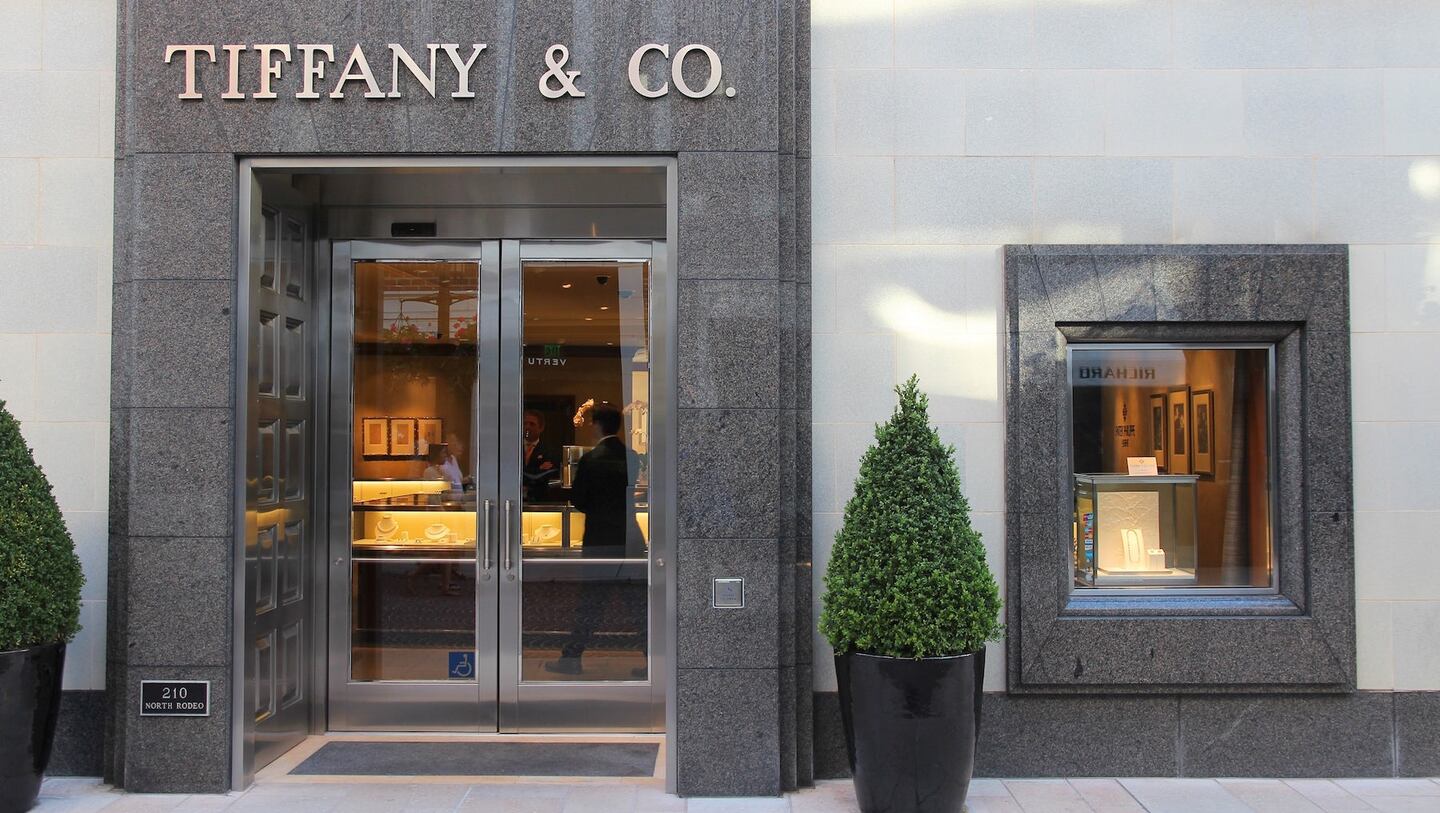
The Business of Fashion
Agenda-setting intelligence, analysis and advice for the global fashion community.

Agenda-setting intelligence, analysis and advice for the global fashion community.

NEW YORK, United States — Tiffany's first-quarter profit slid as consumers cut spending and the jeweller issued a pessimistic outlook, sending shares down sharply Wednesday.
The strong dollar is creating intense pressure on international sales.
The retailer's revenue also tumbled 7.4 percent to $891.3 million, well short of the $924.1 million that Wall Street had expected, according to a survey by Zacks Investment Research.
Tiffany said it expects per-share earnings this year to fall in the single-digit percentage range from last year, and also expects a decline in per-share earnings similar to the first quarter.
ADVERTISEMENT
Profit fell 16.6 percent to $87.5 million, or 69 cents per share. Earnings, adjusted for pretax gains were 64 cents per share, which was four cents short of analyst projections.
In the Americas region, total sales fell 9 percent to $403 million on softness in spending by US customers and tourists. Sales in the Asia-Pacific region fell eight percent to $238 million and sales in Europe fell nine percent to $97 million.
Looking ahead, the company expects full-year profit to fall "by a mid-single-digit percentage" as well as a drop in upcoming second-quarter profit.
Tiffany shares which have fallen 16 percent this year, fell 4 percent, or $2.63, to $61.22 before the opening bell.
In 2020, like many companies, the $50 billion yoga apparel brand created a new department to improve internal diversity and inclusion, and to create a more equitable playing field for minorities. In interviews with BoF, 14 current and former employees said things only got worse.
For fashion’s private market investors, deal-making may provide less-than-ideal returns and raise questions about the long-term value creation opportunities across parts of the fashion industry, reports The State of Fashion 2024.
A blockbuster public listing should clear the way for other brands to try their luck. That, plus LVMH results and what else to watch for in the coming week.
L Catterton, the private-equity firm with close ties to LVMH and Bernard Arnault that’s preparing to take Birkenstock public, has become an investment giant in the consumer-goods space, with stakes in companies selling everything from fashion to pet food to tacos.